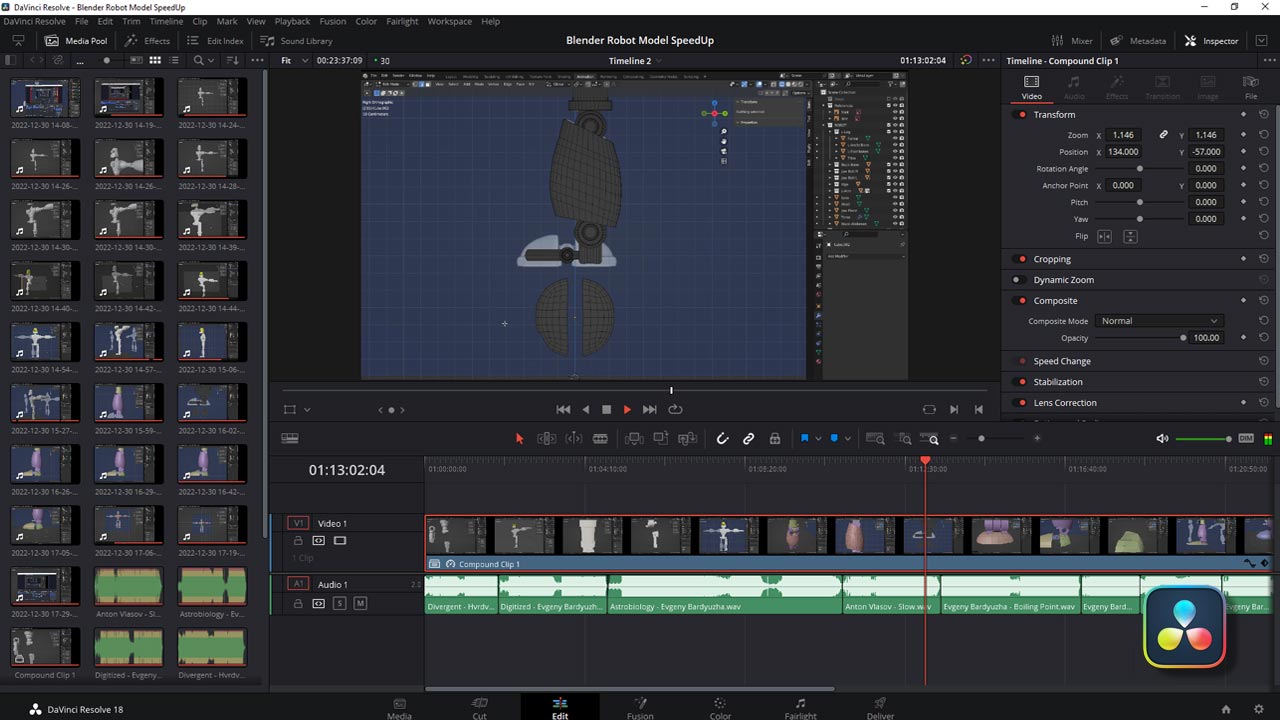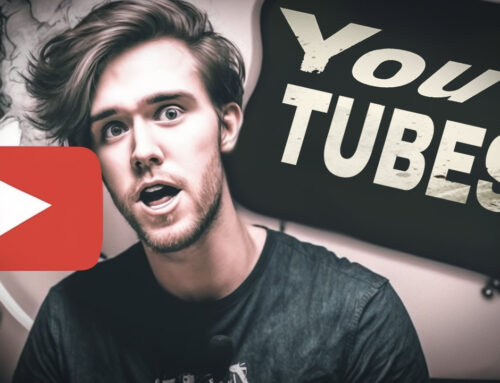Video marketing is the process of creating, distributing, and promoting video content to engage, inform, and persuade a target audience. It has become an essential part of modern business strategies, thanks to the growth of digital platforms and the increasing consumption of video content. In this article, we will explore the basics of video marketing, its benefits, different types of video content, and the best practices for creating effective video marketing campaigns.
The Basics of Video Marketing
Video marketing is a powerful way to connect with potential customers and clients, as it allows you to showcase your products or services, share your story, and establish your brand identity. It involves the following key elements:
Content Creation
The first step in video marketing is creating high-quality, engaging, and relevant video content that resonates with your target audience. This may include product demonstrations, customer testimonials, how-to videos, webinars, or entertaining and informative content that showcases your company culture.
Distribution Channels
After creating your video content, you need to distribute it across various platforms to reach your audience. This may include:
- Social media platforms (Facebook, Instagram, YouTube, TikTok, etc.)
- Sub-bullet point: Utilize platform-specific formats (e.g., Instagram Reels or Stories) for maximum engagement
- Your company website or blog
- Email marketing campaigns
- Video sharing platforms (Vimeo, Dailymotion, etc.)
Promotion and Engagement
Promoting your video content is crucial to attract viewers, drive traffic, and generate leads. This may involve:
- Organic promotion through SEO optimization and keyword research
- Paid advertising campaigns (e.g., Google Ads, Facebook Ads, etc.)
- Influencer marketing and collaborations
- Engaging with your audience through comments, shares, and likes

Benefits of Video Marketing
Video marketing offers numerous benefits for businesses, such as:
Increased Engagement
Videos are more engaging than text or images, as they appeal to multiple senses and can convey complex messages in a short period. They help you capture your audience’s attention and keep them interested in your content.
Improved SEO
Search engines like Google prioritize video content in their search results, as it provides a richer user experience. By optimizing your video content for SEO, you can improve your website’s visibility, increase organic traffic, and enhance your online presence.
Enhanced Brand Awareness and Recall
Visual storytelling through video content enables you to create memorable experiences for your audience. This not only helps in building brand awareness but also improves brand recall, resulting in higher conversion rates and customer loyalty.
Better Customer Education
Video marketing allows you to educate your customers about your products and services more effectively. Demonstrations, tutorials, and explainer videos can help your audience understand the value of your offerings and make informed decisions.
Types of Video Content
There are various types of video content that you can create for your video marketing campaigns, depending on your goals and target audience:
Product Demos
Showcase the features and benefits of your product, and explain how it solves a specific problem or meets a customer need.
How-to and Tutorial Videos
Educate your audience on how to use your product or service, or share valuable tips and tricks related to your industry.
Customer Testimonials
Share stories from satisfied customers to build trust and credibility for your brand.
Behind-the-Scenes and Company Culture Videos
Give your audience a glimpse into your company’s work environment, values, and team members to humanize your brand and create a stronger connection.
Webinars and Live Streams
Engage your audience in real-time by hosting educational or informative sessions that address their pain points or interests.

DaVinci Resolve 18 | Blackmagic Design
Best Practices for Effective Video Marketing
To create a successful video marketing campaign, consider the following best practices:
Know Your Audience
Understand your target audience’s preferences, needs, and pain points to create video content that resonates with them. Use customer personas and market research to tailor your messaging and visuals accordingly.
Set Clear Goals
Define the objectives of your video marketing campaign, whether it’s brand awareness, lead generation, or customer education. This will help you create focused content and measure the success of your campaign.
Prioritize Quality Over Quantity
While it’s essential to maintain a consistent content schedule, don’t compromise on quality. Invest in good production equipment, software, and skilled professionals to create high-quality videos that make a lasting impression.
Optimize for Mobile
With the majority of video consumption happening on mobile devices, ensure your video content is optimized for smaller screens, fast loading, and easy navigation.
Add Captions and Transcripts
Make your video content accessible to a wider audience by including captions and transcripts. This not only helps viewers with hearing impairments but also improves SEO and user experience for those who prefer reading or watching videos without sound.
Leverage Analytics
Monitor the performance of your video marketing campaigns using analytics tools, such as Google Analytics, YouTube Analytics, or platform-specific insights. Use the data to identify trends, measure success, and optimize your content strategy.
Be Authentic
Authenticity is key to establishing trust and credibility with your audience. Share real stories, showcase your brand’s personality, and be transparent about your values and mission.
Wrapping Up
Video marketing is an indispensable tool for businesses to connect with their audience, build brand awareness, and drive conversions. By understanding the basics of video marketing, leveraging its benefits, and implementing best practices, you can create compelling video content that resonates with your target audience and helps you achieve your marketing goals.






